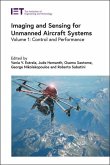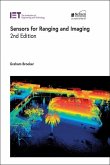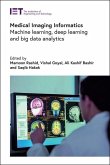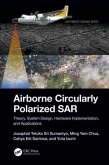This comprehensive textbook and reference provides a solid background in active sensing technology. Beginning with an introduction to signal generation, filtering, and modulation, it goes through the derivation of the radar range equation, fundamental to the understanding of radar, sonar, and lidar.
Key Features Include: a[ Extensive use of worked examples based on sensors that the author has developed or worked on during the past 28 years. a[ Examples are featured that illustrate the process of designing a sensor for a particular application, ranging from such diverse topics as the design of a ship-borne fire control radar to a UAV based lidar scanner to detect locust swarms. a[ For a broader appeal, complicated mathematical derivations are avoided unless absolutely necessary, and electronic details of the sensors are limited to block diagram and algorithm level. a[ There are 572 figures of which about 20% are photographs, the remainder drawings with 25 tables.
Key Features Include: a[ Extensive use of worked examples based on sensors that the author has developed or worked on during the past 28 years. a[ Examples are featured that illustrate the process of designing a sensor for a particular application, ranging from such diverse topics as the design of a ship-borne fire control radar to a UAV based lidar scanner to detect locust swarms. a[ For a broader appeal, complicated mathematical derivations are avoided unless absolutely necessary, and electronic details of the sensors are limited to block diagram and algorithm level. a[ There are 572 figures of which about 20% are photographs, the remainder drawings with 25 tables.








